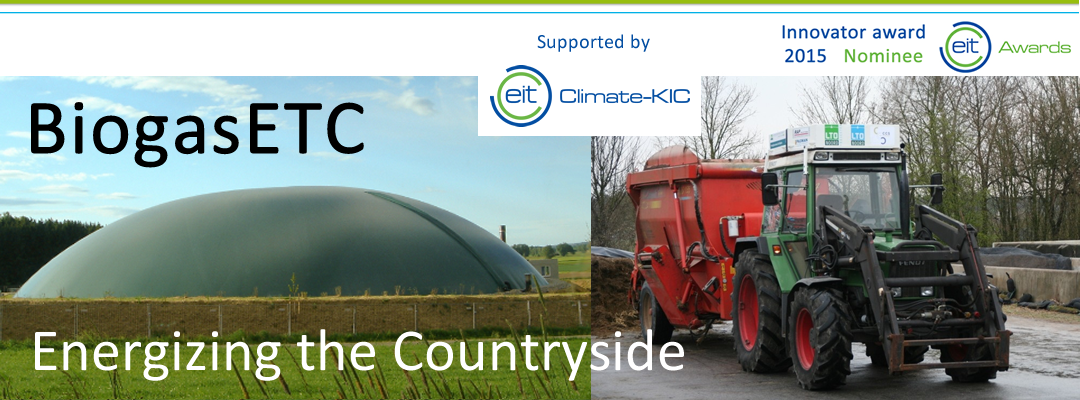Creating a more efficient solution to agricultural greenhouse gas emissions
The climate change issue
A major source of greenhouse gases is livestock manure. CH₄ (methane), the main constituent of biogas, is a particularly potent greenhouse gas. Burning biogas as fuel has the dual benefits of avoiding methane emissions and avoiding the burning of gas from non-sustainable sources. However, the biogas conversion process is under-utilised due to the fact that part of the products can only be sold locally, and local demand is not always there. For small and remote farms, this means that investment in biogas conversion is simply not economically viable.
The project solution
Biogas ETC aims to make the transformation of agricultural waste into biogas economically viable on a small scale, allowing farmers in remote locations to create and market biogas, increase their income and reduce their greenhouse gas emissions. This will be achieved by developing a small-scale gas upgrading system with relatively low running costs, which can be installed on
individual farms to create a high quality fuel from their waste products, suitable for transportation or injection into the gas grid. The system could be made available to smaller and less profitable farms on a rental basis to reduce investment risk. The bio-methane provided by this system can be used as a replacement for natural gas, or as a transport fuel, which both command a higher market price than the heat and electricity traditionally created by biogas, meaning that the farmers will see a higher return on investment. Additionally, bio-methane is always in demand and can be transported and marketed anywhere, while heat can only be utilised locally, if at all. The project will also help farmers identify market strategies and potential risks, creating a business plan so that they can market their products effectively, increasing their profits while reducing their emissions.
Read more:
>> Video BiogasETC
>> Brochure BiogasETC
>> BiogasETC objectives
>> The business case
>> Project partners

